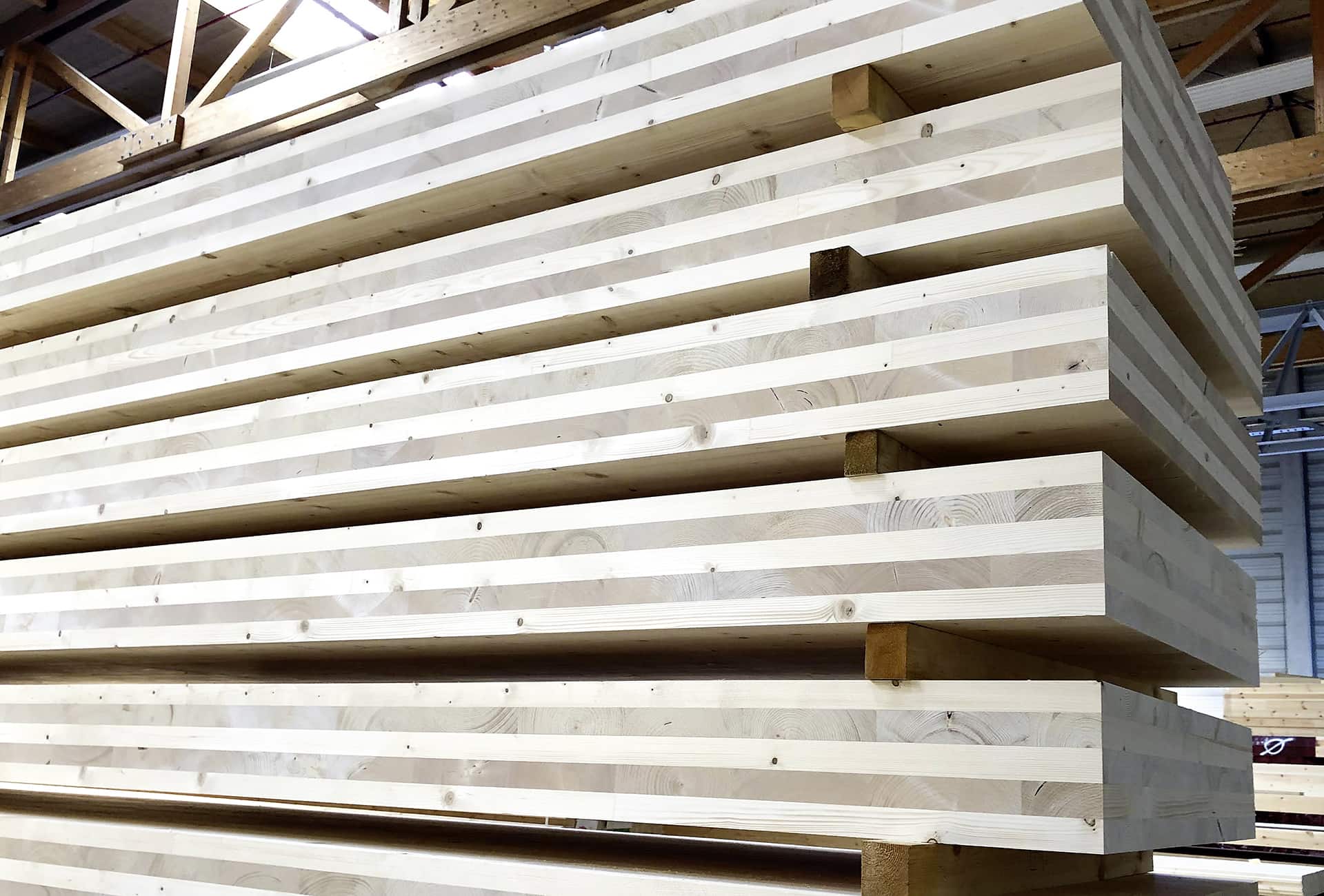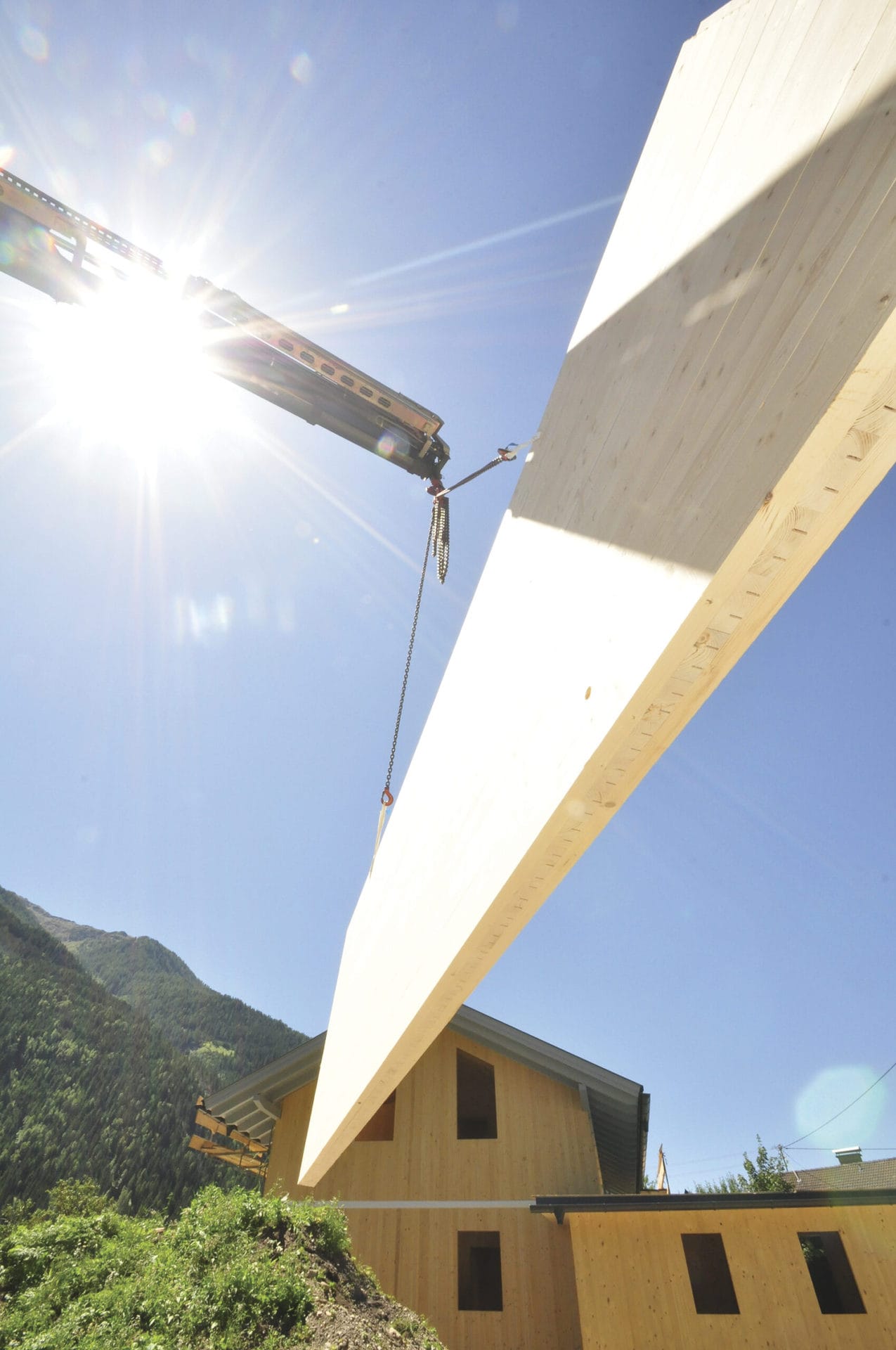
Sustainable Products of The Future
Why produce sustainable construction materials?
One of the biggest challenges facing us at this moment in time is climate change. The United Nation’s Intergovernmental Panel on Climate Change says that it is necessary to reduce the greenhouse gas emissions significantly to prevent a rise in temperature of more than 1,5 degrees. Many industries have had to rethink themselves in order to contribute to a reduction in CO2 emissions – this also includes the construction industry. It is estimated that on a global scale construction counts for 39 % of the total emissions. The environmental impact of the operation of the building and of the materials used in the building are included in this number and they respectively account for 28 % and 11 %1.
For a long time, the focus has been on reducing the emissions that is caused by the operation of building such as heating. The work on reducing those types of emissions has come a long way and it is becoming more and more significant to focus on reducing the emissions from the building materials. This means that there is a good reason to rethink the materials that are chosen for a building. Research shows that if traditional building materials such as bricks, steel, and concrete are replaced with wood-based products, it is possible to avoid a lot of greenhouse gas emissions1.
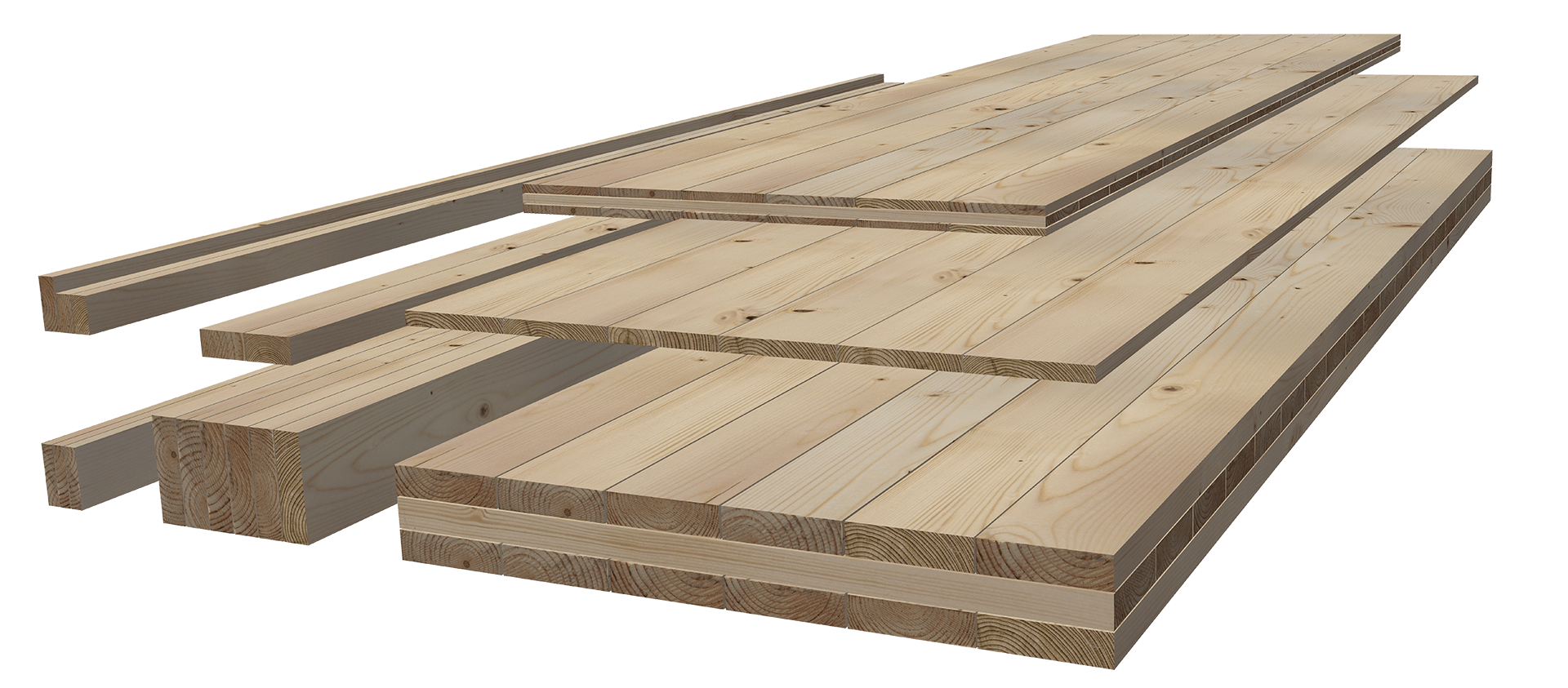
Sustainable construction – advantages of using wood instead of steel and concrete
Wood is a natural, renewable, and sustainable material that has a better climate impact than steel and concrete. Climatically wood has the huge advantage that it absorbs carbon to grow. By using and increasing the amount of wood used in residential and commercial buildings, it is possible to remove CO2 from the atmosphere. A good rule of thumb is that a cubic meter of CLT sequesters approximately 1 ton of CO2. The ability to absorb and sequester carbon is greater in managed forests than in wild forests. That is because younger trees absorb more CO2 in their early and rapid growth than older trees.
It is estimated that the cement and concrete industry is responsible for around 8 % of the global greenhouse emissions and that the iron and steel industry is responsible for around 5 %. By substituting concrete and steel with CLT and glulam in construction (LINK) it is possible to totally avoid the negative climate impact that these materials have3. There are several certifications that ensures that the wood comes from a sustainably managed forest.

Cities of the future
Population growth, climate change, and urbanizations are all challenges facing cities and their infrastructure in the future. It will be challenging for the climate if we keep building with steel and concrete. That is why it is of utmost importance that we use sustainable materials in the construction industry. This is not limited to reuse and renovation of the existing built environment – it also includes using more wood in new builds. Luckily, the awareness of the issue is rising and the demand for sustainable CLT-panels and glulam is increasing.
Read more about “the difference between CLT and glulam” here.
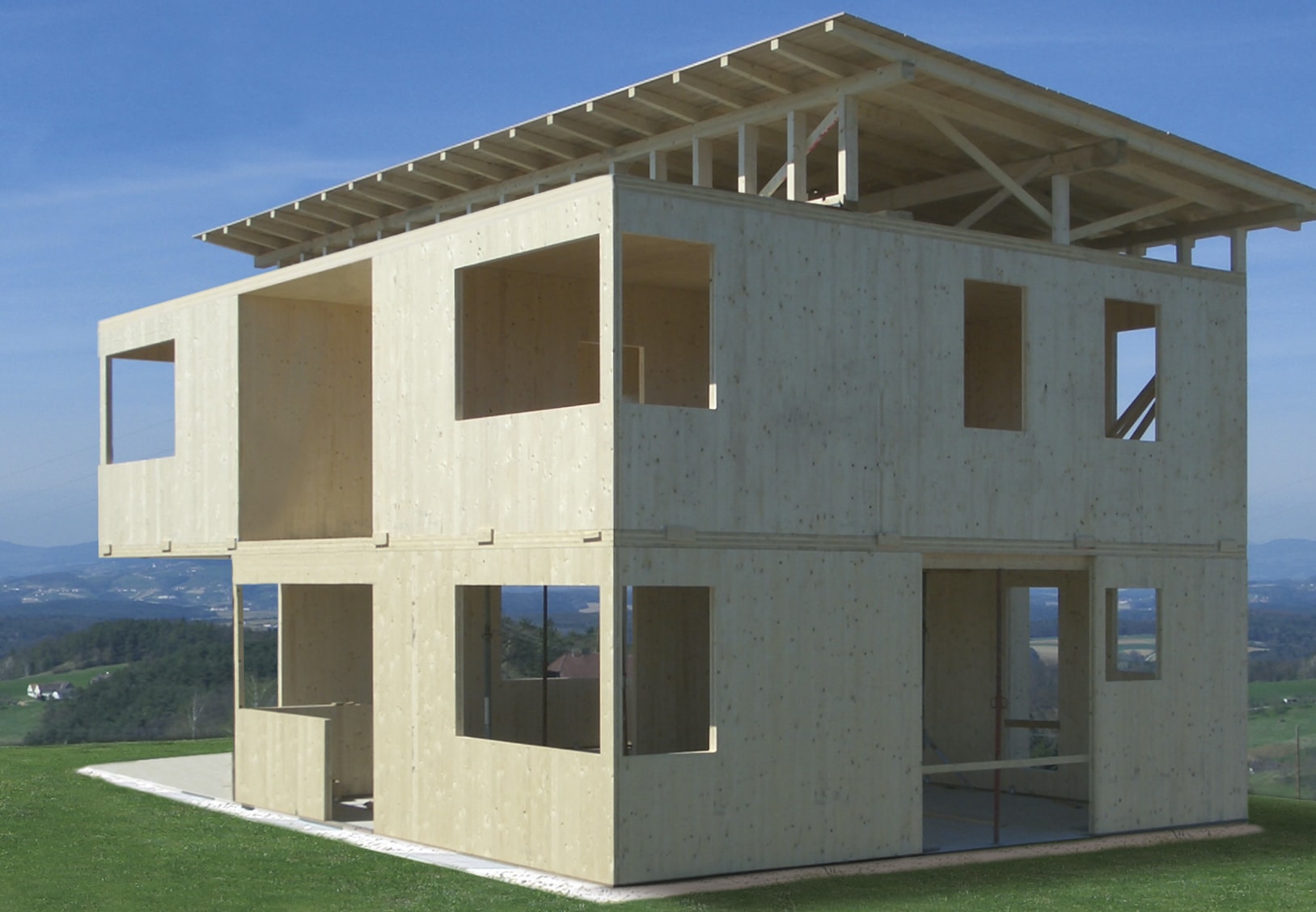
Build up with CLT
The development of high-rise CLT buildings is ongoing. There are now several CLT-high-rise buildings around the world. Mjøstårnet in Norway is at the moment the tallest wood building with its 85,4 meters. Other examples of CLT high-rise buildings include Brock Commons Tallwood House in Vancouver which is a hybrid CLT/concrete building4, and the 51-meter-tall building Treet in Bergen, Norway that houses 62 apartments5. As cities are becoming more and more densely populated the number of high-rise buildings is increasing on a global scale. Many architects have discovered CLT-panels and masstimber products such as glulam – especially because of the many advantages that these products have. This includes wood’s ability to absorb CO2 but also the derived effects of the light weight of the masstimber products compared to steel and concrete. As an example, a smaller foundation is needed when building a high-rise in CLT panels, because it weighs less than a concrete building.
Another important aspect of building the cities of the future is that CLT and glulam perform very well during earthquakes. It does so because wood is light but strong. Wood can stretch a little bit – an ability that concrete does not have. This gives wood an advantage under seismic activity. If something were to happen to a wood building, it is easier to repair than a steel/concrete building3.
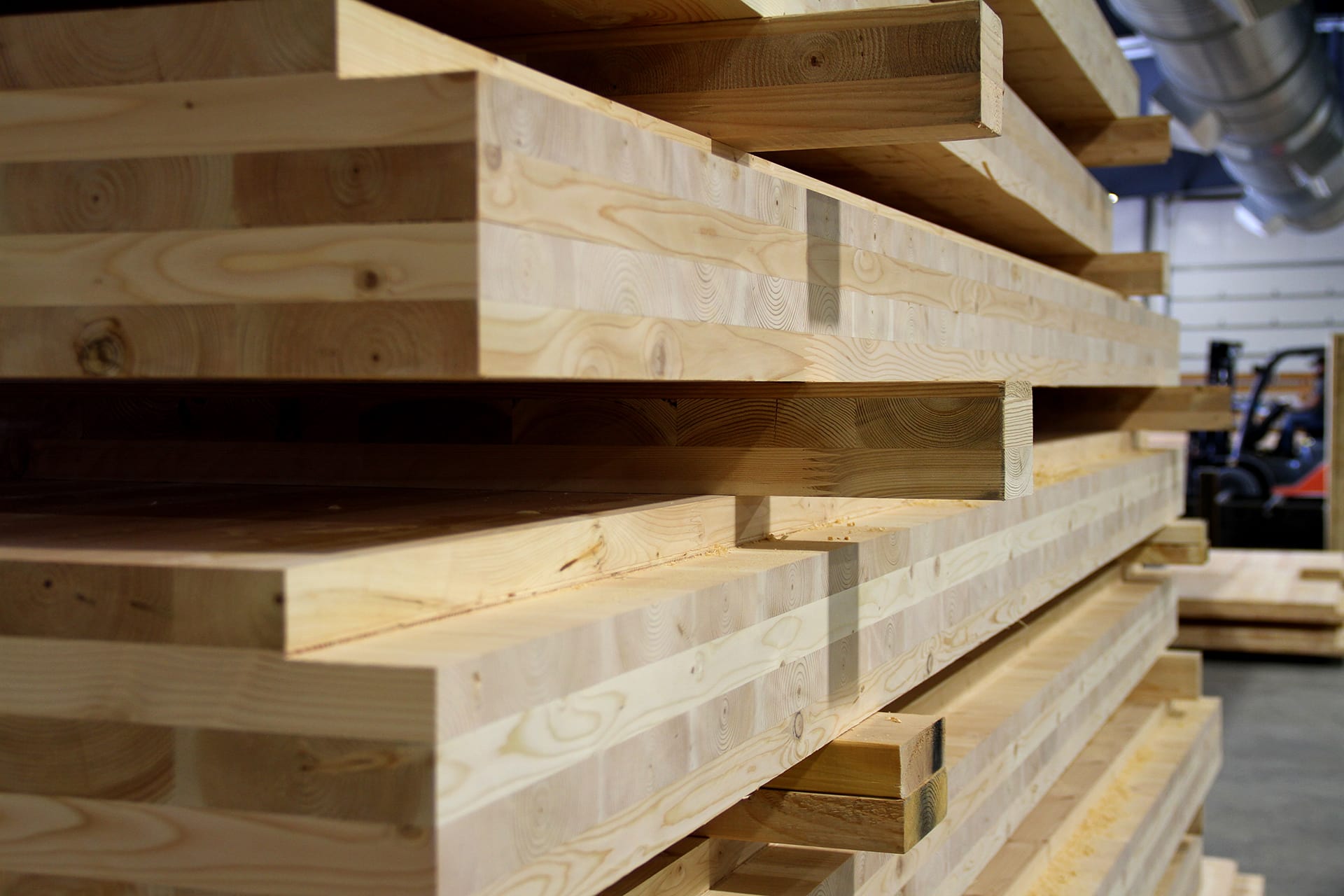
Fire safety
Something that is often questioned regarding masstimber structures is the fire safety of the buildings. It just so happens that the fire safety of masstimber products such as CLT and glulam is very good. This is because the dimensions of the mass timber products make them hard to ignite5. In case of fire, the wood acts in a very predictable way where the surface of the masstimber element chars, which creates a protective layer. Where steel would collapse CLT keeps a lot of its dimensional stability for a predictable amount of time3. The choice of glue does play a part in fire safety and research on different types of fire-retardant glue is being done.
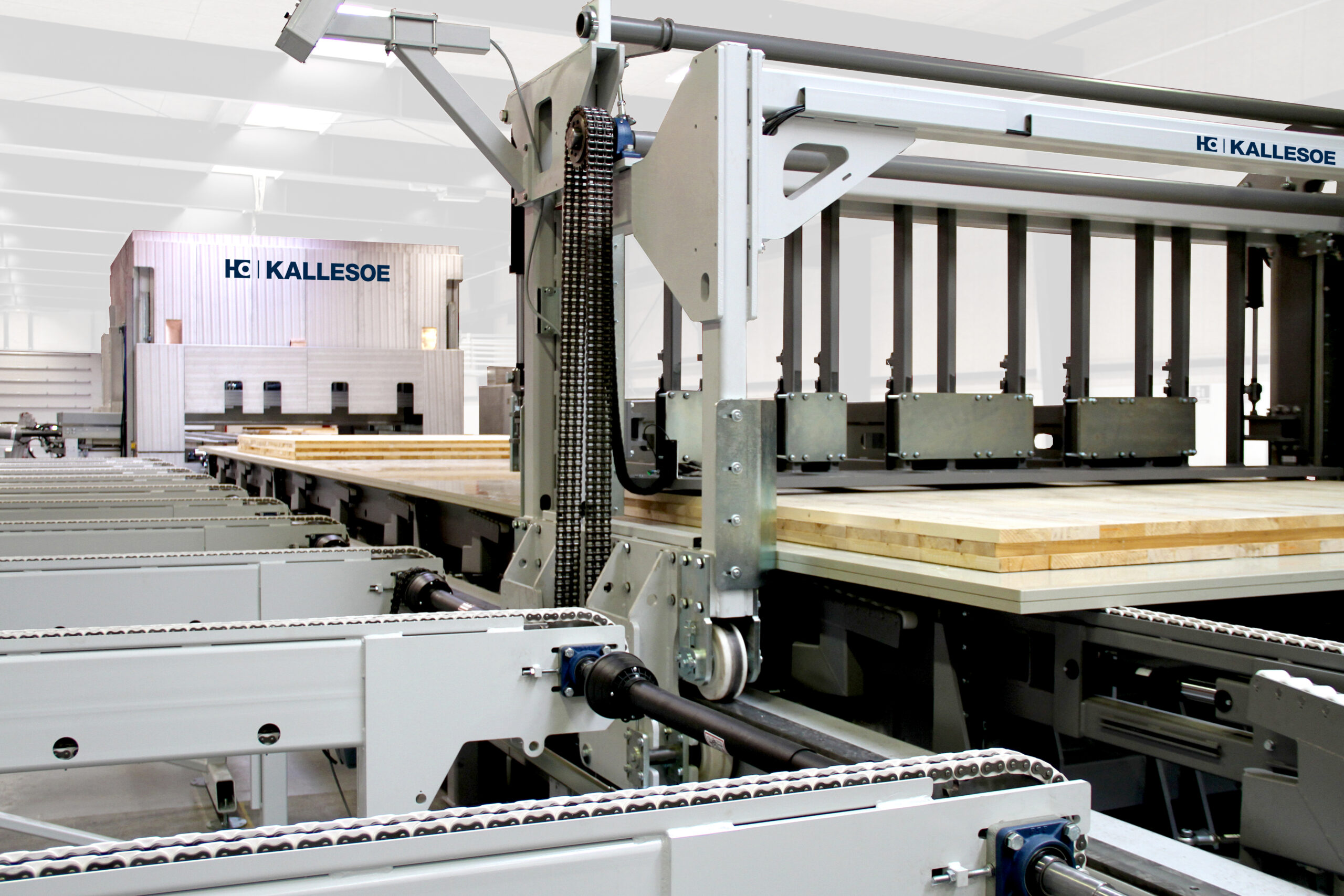
Kallesoe Machinery takes responsibility
At Kallesoe Machinery we are very proud that the laminated wood products made on our machines and press lines can be used to reduce the amount of CO2 in the atmosphere. We take pride in developing turn-key solutions that produce wood products of the highest quality – which in the end is a benefit for the manufacturer and the climate. For us at Kallesoe it is not enough just to make production solutions for green products: We are actively working on making our business more sustainable, and we have a strong focus on our CO2 emissions. We are continuously working on minimizing our waste and we are very focused on reducing our energy consumption. We have just initiated a project with an EU fund to work on making our business as sustainable and CO2 responsible as possible.
A part of the green conversion of the company includes trying to make our products future-proof which for us means that our machinery has a long lifespan. We design new developments so they can be incorporated into already existing machines.
Kallesoe Machinery designs and produces future-proof solutions for the products of the future.
Sources
Source 1: https://traeibyggeriet.dk/media/k4jfcbcq/baggrundsrapport_juni2020_opdateret.pdf
Source 2: https://www.traeinfo.dk/baeredygtighed/trae-og-miljoe/
Source 4: https://www.dezeen.com/2019/03/19/mjostarne-worlds-tallest-timber-tower-voll-arkitekter-norway/
Source 5: https://www.trae.dk/artikel/traehus-paa-14-etager-aabnet-i-bergen/
Source 6: https://www.thinkwood.com/blog/4-things-to-know-about-mass-timber

